To provide the best experiences, we use technologies like cookies to store and/or access device information. Consenting to these technologies will allow us to process data such as browsing behaviour or unique IDs on this site. Not consenting or withdrawing consent, may adversely affect certain features and functions.
The technical storage or access is strictly necessary for the legitimate purpose of enabling the use of a specific service explicitly requested by the subscriber or user, or for the sole purpose of carrying out the transmission of a communication over an electronic communications network.
The technical storage or access is necessary for the legitimate purpose of storing preferences that are not requested by the subscriber or user.
The technical storage or access that is used exclusively for statistical purposes.
The technical storage or access that is used exclusively for anonymous statistical purposes. Without a subpoena, voluntary compliance on the part of your Internet Service Provider, or additional records from a third party, information stored or retrieved for this purpose alone cannot usually be used to identify you.
The technical storage or access is required to create user profiles to send advertising, or to track the user on a website or across several websites for similar marketing purposes.
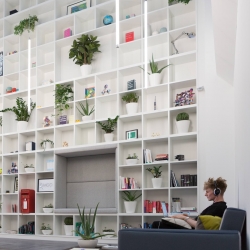 CEOs of the world’s largest businesses are increasingly optimistic about the outlook for their own business, according to the latest KPMG CEO Outlook Survey. Despite a slower ‘return to normal’ than expected, their confidence in the global economy has returned to levels not seen since the start of the pandemic. The number planning to reduce their office footprints has fallen dramatically since the height of the pandemic, and instead there is a growing focus on introducing flexible working cultures. (more…)
CEOs of the world’s largest businesses are increasingly optimistic about the outlook for their own business, according to the latest KPMG CEO Outlook Survey. Despite a slower ‘return to normal’ than expected, their confidence in the global economy has returned to levels not seen since the start of the pandemic. The number planning to reduce their office footprints has fallen dramatically since the height of the pandemic, and instead there is a growing focus on introducing flexible working cultures. (more…)




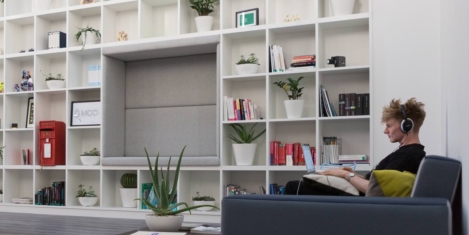
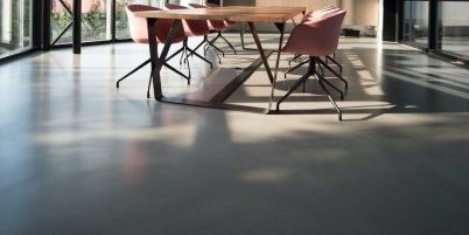
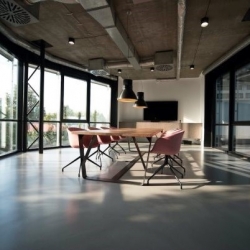 Investments in offices outside the capital for the first half of this year hit £3.58bn – 18 percent above the long-term average for the first half of this year,
Investments in offices outside the capital for the first half of this year hit £3.58bn – 18 percent above the long-term average for the first half of this year, 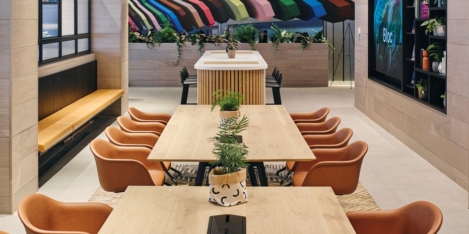
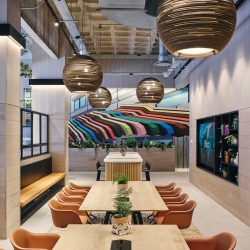
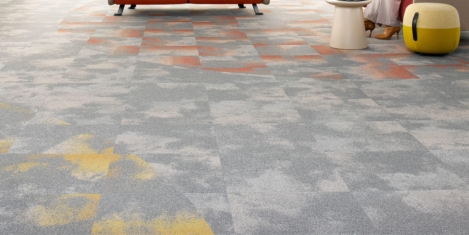
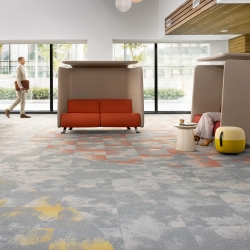 Working from home has not only laid bare just how much we miss interaction with colleagues, but also how the office could and should support employees to work and feel better, so that they will not only feel safe to return, but will want to return. Through
Working from home has not only laid bare just how much we miss interaction with colleagues, but also how the office could and should support employees to work and feel better, so that they will not only feel safe to return, but will want to return. Through 
 One of the least talked about potential casualties of the recent lockdowns is the printed page. In a sign that the arrival of the paperless office may have been accelerated, total worldwide page volumes printed from office and home devices plummeted nearly 14 percent year in 2020 after several years of stable but slow decline. According to the research from
One of the least talked about potential casualties of the recent lockdowns is the printed page. In a sign that the arrival of the paperless office may have been accelerated, total worldwide page volumes printed from office and home devices plummeted nearly 14 percent year in 2020 after several years of stable but slow decline. According to the research from 
 With much of Europe having worked remotely for over a year and many continuing to do so for the foreseeable future, new insights from
With much of Europe having worked remotely for over a year and many continuing to do so for the foreseeable future, new insights from 
 New research commissioned by
New research commissioned by 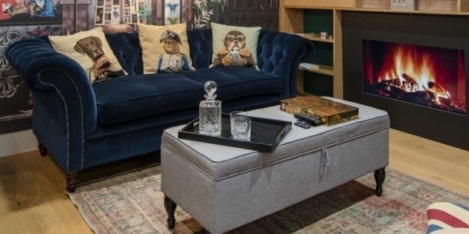
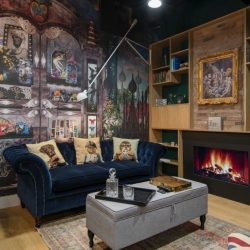 Workplace Insight and
Workplace Insight and 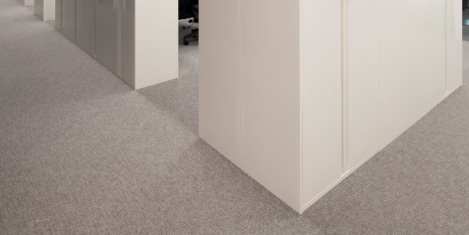
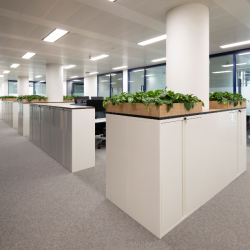 After outgrowing their offices at One Bishop’s Square, the International Swaps and Derivatives Association (ISDA) worked with interior design studio Shaw Studios, and Furniture dealer, Day2 Interiors to relocate to 25 Copthall Avenue/London Wall.
After outgrowing their offices at One Bishop’s Square, the International Swaps and Derivatives Association (ISDA) worked with interior design studio Shaw Studios, and Furniture dealer, Day2 Interiors to relocate to 25 Copthall Avenue/London Wall. 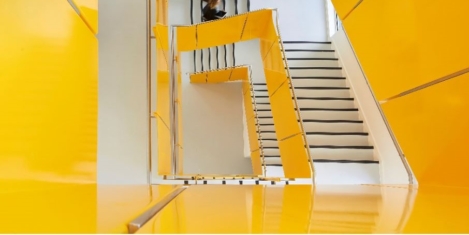
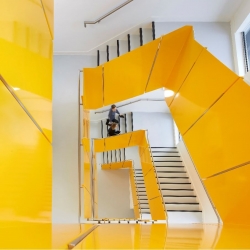 Taunton’s UK Hydrographic Office Headquarters was named ‘Best of the Best’ at the British Council for Offices’ (BCO) National Awards, and also took home the ‘Corporate Workplace’ award. The office was joined by six other award winners recognised as leading examples of excellence in the office space. This ‘roll of honour’ includes two buildings in London: The Brunel Building on Canalside Walk, and 160 Old Street, a refurbished office space in the “Silicon Roundabout” district.
Taunton’s UK Hydrographic Office Headquarters was named ‘Best of the Best’ at the British Council for Offices’ (BCO) National Awards, and also took home the ‘Corporate Workplace’ award. The office was joined by six other award winners recognised as leading examples of excellence in the office space. This ‘roll of honour’ includes two buildings in London: The Brunel Building on Canalside Walk, and 160 Old Street, a refurbished office space in the “Silicon Roundabout” district. 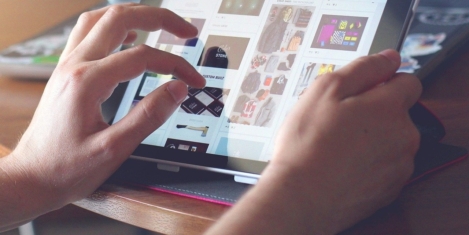
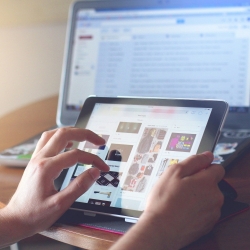 A survey of real estate and IT professionals across a range of industries claims that better remote working technology is perceived to be twice as important as workplace testing. Workplace creation specialists
A survey of real estate and IT professionals across a range of industries claims that better remote working technology is perceived to be twice as important as workplace testing. Workplace creation specialists 








June 22, 2021
The office sector needs to face up to its landfill issue
by Joanna Knight • Comment, Environment, JK, Workplace design